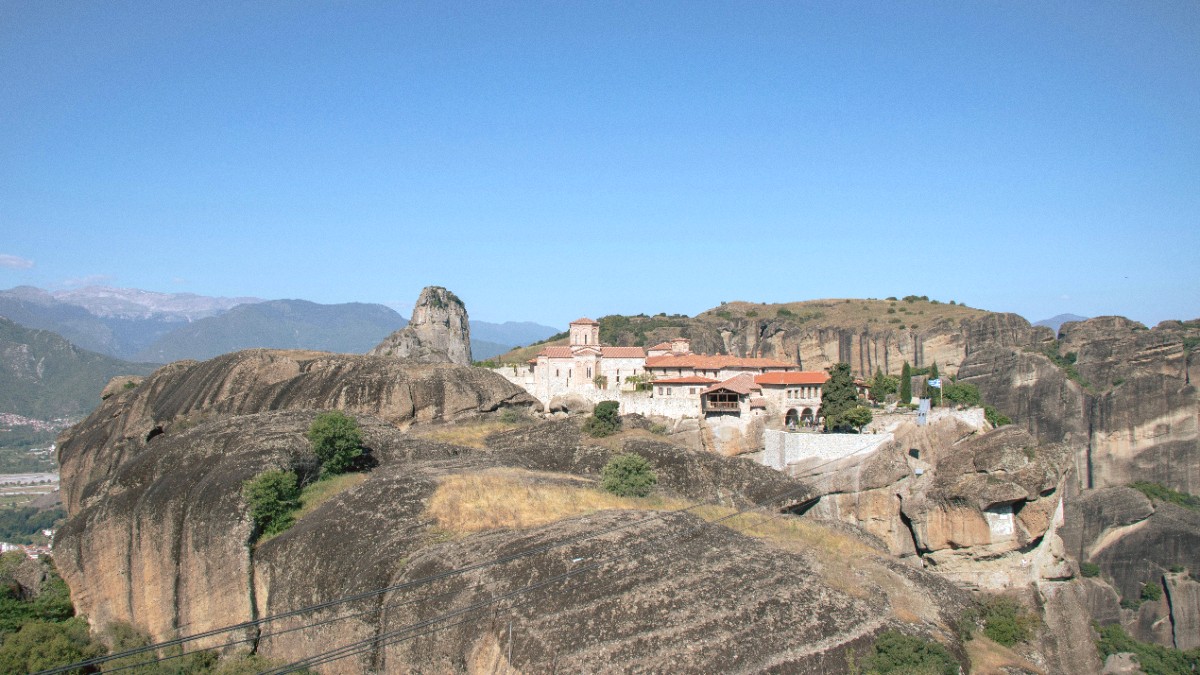
Greece
If you have very limited time, focus on the most impactful experiences.
Arrive early, capture panoramic views, explore one or two monasteries, and perhaps a museum.
More time for exploration.
A weekend provides enough time for a solid introduction to Meteora.
A week allows for a deep dive into Meteora and the wider Thessaly region.
For two weeks, combine Meteora with broader regional exploration.
For long-term stays, consider renting an apartment or a house in Kalambaka or Kastraki. This allows for slower, more immersive travel, experiencing daily life, and exploration of the Thessaly region at your leisure.
Meteora fits various budgets with smart planning.
Stay in hostels or budget guesthouses. Rely on the local bus for monastery transport or walk/cycle. Eat street food.
Stay in comfortable mid-range hotels. Enjoy meals at local tavernas. Use a mix of local bus and occasional taxis.
Stay in boutique hotels. Arrange private transfers. Enjoy fine dining. Book private guided tours.
Tailor your itinerary to your specific interests.
Prioritize visits to Great Meteoron, Varlaam, and St. Nicholas Anapafsas for their rich frescoes, museums, and historical significance.
Focus on dining at traditional tavernas in Kalambaka and Kastraki. Seek out local specialties like spetsofai and local sausages.
Dedicate significant time to hiking the monastic trails. Book a guided rock climbing session.
Prioritize St. Stephen's Monastery, as it is the most accessible. Incorporate the Natural History Museum (especially the Mushroom Museum part, which can be fun for children).
Focus on the frescoes within the monasteries, specifically at Great Meteoron, Varlaam, and St. Nicholas Anapafsas (Theophanes the Cretan). Observe the unique construction techniques of the monasteries themselves.
Focus on slower, more contemplative visits to the monasteries. Consider participating in an early morning or late evening walk for peace and quiet, finding quiet spots for reflection amidst the powerful landscape.
Each season offers a distinct experience in Meteora.
Long daylight hours mean more time for sightseeing. Enjoy warm evenings outdoors. However, manage heat and crowds.
Experience minimal crowds and the lowest prices. Witness the unique beauty of snow-capped rocks. Prepare for cold weather and potential limited monastery hours.
Planning around events or quieter periods.
Shoulder seasons (spring, autumn) often yield the best weather and fewer crowds for an ideal visit to Meteora. The landscapes are notably beautiful during these times.
Dress in layers and check weather forecasts, especially for mountain excursions. Weather conditions can change rapidly in the Meteora region due to its elevation.
The Meteora experience varies greatly by season and approach. Each visit is unique.
Tailor your plans to your preferences for the best possible adventure.